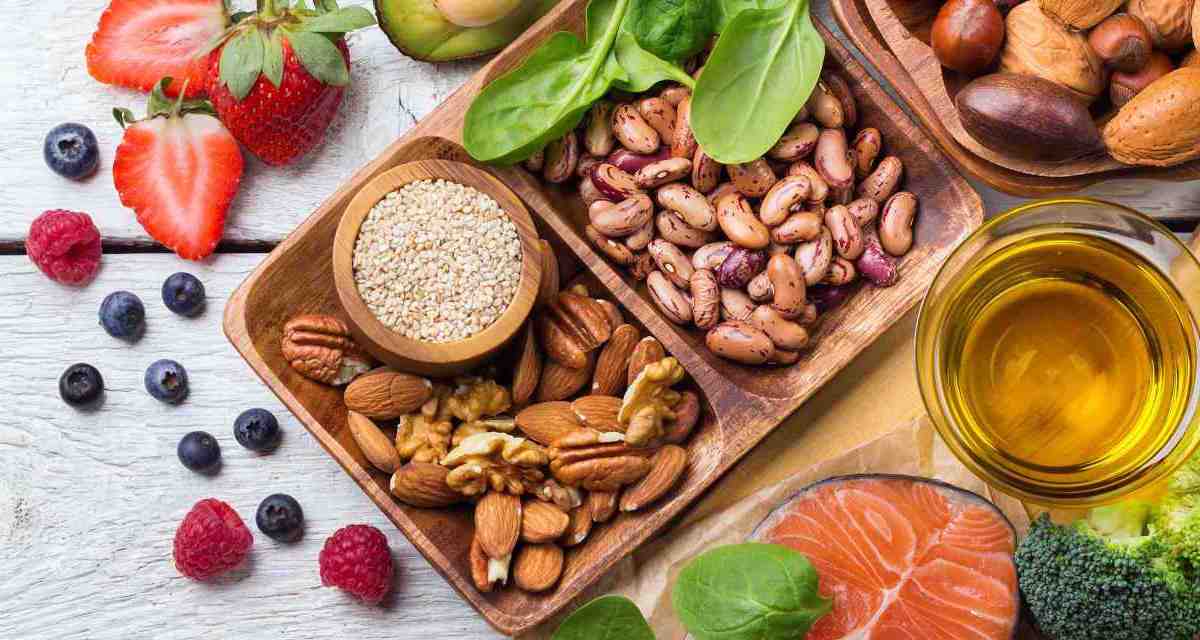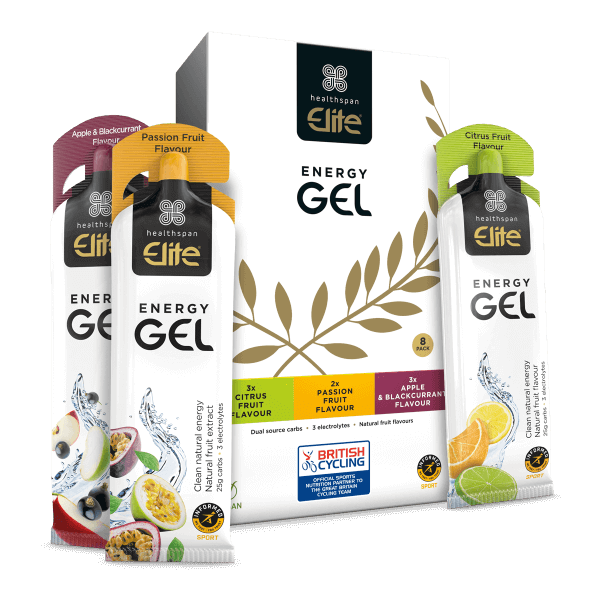Dan Ellis, Performance Nutrition Lead at the Lawn Tennis Association (LTA), explains what padel is, why it's good exercise, and how players can keep themselves fuelled and hydrated to play at their best.
What is padel?
Modern padel is generally considered to have originated in Mexico in 1969. It's an easy-to-learn and sociable variation on tennis: the rules and scoring are broadly similar, but it's usually played doubles, the court is smaller, and you serve underhand. Shots can be played off the walls around the court, as in squash, but the ball is considered out if it hits a wall before bouncing.
Is padel good exercise?
Padel is considered a largely aerobic sport interspersed with high- and very high-intensity actions (depending on the player's strength, agility, and speed.)1
During a small piece of work undertaken at the National Tennis Centre, energy expenditure of 450-580 calories per hour for males and 350-450 calories per hour for females was seen in the small group of recreational players under investigation. This will of course vary with player level, weight, and movement around the court.
As playing padel buns energy, it's no surprise that regular padel practice has been shown to improve body composition and fitness.2 To maximise these benefits, playing padel should be paired with a well-balanced, healthy diet.
Both serious and social players should be thinking about the basic macronutrient structure of their meals, ensuring a good-quality lean protein source to help recovery and strength, carbohydrate to fuel and refuel after a tough battle on the court, some healthy fats, and of course a plentiful variety of colourful vegetables.
What are the recommendations for pre-match fuelling?
This largely depends on the player level. If you are meeting friends for a social match in the evening, it would be good to bracket your matches with a carbohydrate-rich meal.
Simply ensure you have a lower GI (Glycaemic Index) lunch, so high in slow-burning carbohydrates such as sweet potato, pasta, pulses and oats, snack in the afternoon to prepare yourself (peanut butter and banana), and have some carbohydrate in your post-match meal to replenish the energy used.
You should also include a lean protein source to support muscle repair from all those short, sharp explosive movements and sudden changes of direction, such as lentils, white fish and chicken.
At the higher level, padel is an intermittently high-intensity sport, and players should bear this in mind when preparing for matches and maintaining performance during training. A daily intake for this group of players would be 3-5g of carbohydrate per kg of body weight on lighter training days, and 6g upwards on heavier days.3

The food we eat each day impacts many physiological processes that can affect the way we perform, both mentally and physically. Here are our top energy sources.
Find out more
How can you help your energy levels while playing padel?
This again depends on player level, which will affect how long matches are likely to last. When considering the match length of the higher-level player (over two hours in some cases), some carbohydrate during the match could be beneficial to stabilise blood glucose levels. This could be in the form of carbohydrate-rich snacks, sports drinks, or energy gels.
How important is hydration in padel?
The importance of general daily hydration is widely known, and of course active individuals should be considering the fluids they lose during exercise, and replenishing them on top of their daily fluid intake.
During the warmer months, the enclosed nature of a padel court means that airflow through the court is reduced. When we consider that the evaporation of sweat is key to keeping the body temperature controlled, this reduced airflow makes this evaporation a bit trickier, which means we end up sweating more.
Some players may find sweat losses hard to equal with fluid intake while on court, which means rehydration should carry on after the match has finished. A simple trick to understand your fluid losses is to weigh yourself before and after your match without any heavy or wet clothes on. This will give you an idea of how much fluid you need to drink to rehydrate: this is 1.5 litres for every 1 kg lost, taken in gradually over the next few hours.
"At a social level, you may only need a good electrolyte to mix with your water to help keep you hydrated and replace most minerals. Maintaining a healthy, balanced diet is also important for gleaning appropriate levels of vitamins and minerals, as well as protein for muscle repair.
"At a higher level, players may choose to invest in carbohydrate gels to maintain their energy levels during longer games and training sessions – opting for a gel that combines fructose and glucose is the best combination for quick glucose absorption.
"Players may also want to supplement with caffeine to overcome fatigue and help improve mental focus during longer games. As padel courts are covered, players should be aware of their vitamin D status, as this can make them more susceptible to infection and promote fatigue."

Energy Gel – Mixed Pack
Carb and electrolyte boost developed with British Cycling
- Delivers fast-acting energy
- 25g fast-acting carbs and 3 electrolytes
- Apple & Blackcurrant, Citrus Fruit and Passion Fruit flavours









